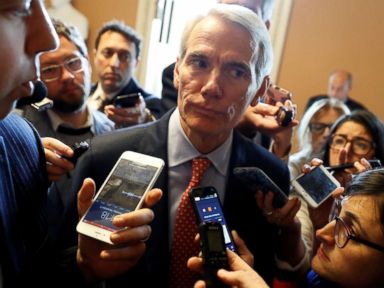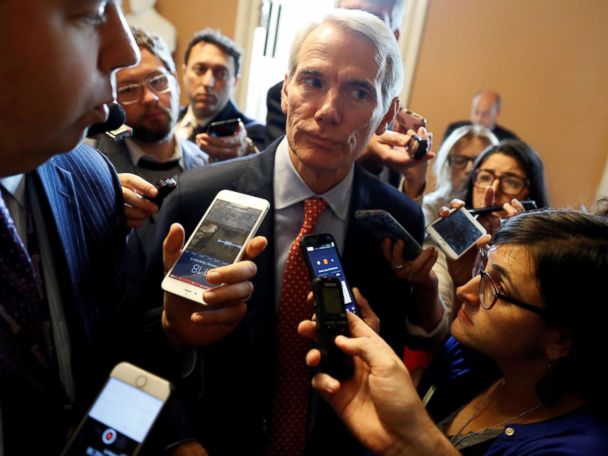





The Senate Finance Committee released its vision for a tax reform bill Thursday afternoon — a proposal that differs from the House of Representatives’ blueprint in several significant ways and sets up a potentially long process of reconciling the two bills if and when they clear their respective committees.
While both bills are still subject to change before they hit the House and Senate floors for full votes, the Senate text indicates the extent to which the upper chamber’s priorities differ from those of the lower.
According to a two-page outline provided by Finance Chairman Orrin Hatch’s staff, the Senate bill would get rid of all state and local tax deductions, which largely affect people in high-tax states like New York, New Jersey and California.
The House bill would preserve some measure of a property tax deduction, a nod to the chamber’s Republicans from those states.
But in the Senate, those states are all represented by Democrats, who have indicated little desire to work with Republicans on tax reform.
“The Senate doesn’t trim state and local deduction, it doesn’t tweak it; it completely eliminates it. So the Senate Republicans are pulling the rug out from under their colleagues who represent suburban districts in so many states in the House,” Senate Democratic Leader Chuck Schumer, D-N.Y., said of the proposal.
Like the House bill, the Senate bill doubles the standard deduction, but it also keeps some popular itemized deductions including for charitable giving, adoption, medical expenses and student loans. It also expands the child tax credit by $600 and increases the number of parents eligible for it.
The House bill would reduce the number of tax brackets from seven to four, but the Senate bill keeps seven rates but changes them. The lowest rate would remain at 10 percent, middle rates would be lowered and the top rate would be lowered from 39.6 percent to 38.5 percent.
A Finance Committee aide said staffers are still working out the corresponding income levels for each bracket.
Despite the differences between the House and Senate outlines, Sen. John Cornyn, R-Texas, said he was confident the two chambers could close the gaps after each chamber passes their own bill, in a process known as a conference committee.
“I think we’ve learned a lot from the House and their experience, and I think we’re going to be pretty compatible,” Cornyn told reporters on his way to a briefing with all Senate Republicans on the plan.
The House Ways and Means committee passed its tax bill Thursday afternoon, setting it up for a full House vote as soon as next week.
On the business side, the Senate bill would make permanent a 20 percent taxation rate but delay its implementation by a year. The House bill contains no such delay.
Senators had been floating the idea of including a repeal of the Obamacare individual mandate in their tax bill, but that appears to have been left out of Hatch’s priorities.

